With their wild leopard-like spots and playful, energetic nature, are a captivating mix of beauty and intelligence.
These active felines love to climb, explore, and engage with their humans, making them the perfect choice for those seeking an adventurous and affectionate companion.
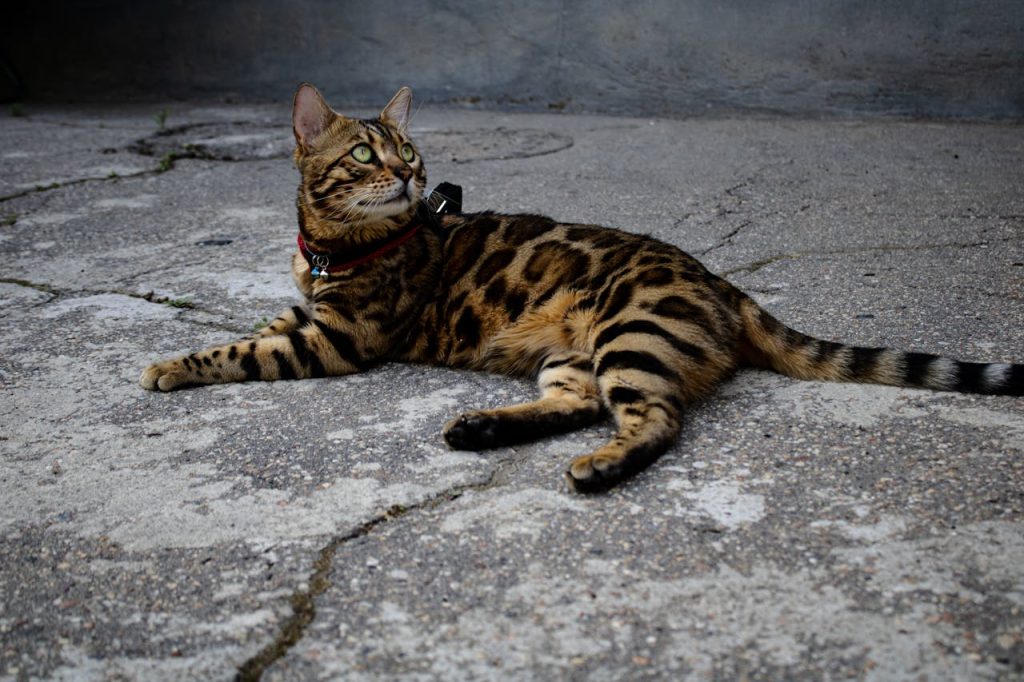
Introduction
The Bengal cat is a stunning breed that captivates cat lovers with its exotic, leopard-like appearance and affectionate personality. Known for its striking coat patterns and high energy levels, the Bengal is a unique blend of wild beauty and domestic charm.
These intelligent and active felines thrive in interactive households and enjoy playing, climbing, and engaging with their humans.
If you’re looking for a cat that brings the thrill of the wild into your home while remaining a loving and loyal companion, the Bengal cat might be the perfect choice.
In this guide, we’ll explore everything about Bengals, from their fascinating history to their care and personality traits.
Looking for more reasons to adore cats? Read our article, Why Cats Are the Best Pets?
Table of Contents
History and Origin
The Bengal cat is a relatively modern breed, developed through the crossbreeding of domestic cats with the wild Asian leopard cat (Prionailurus bengalensis).
The breed’s origins trace back to the 1960s when Jean Mill, an American breeder, began working to create a cat with the appearance of a wild feline but the temperament of a domestic pet.
The Bengal cat was refined through careful breeding programs to maintain its striking spots and rosettes while developing a friendly, social nature.
Officially recognized in the 1980s, Bengals quickly gained popularity worldwide for their stunning coats and playful personalities.
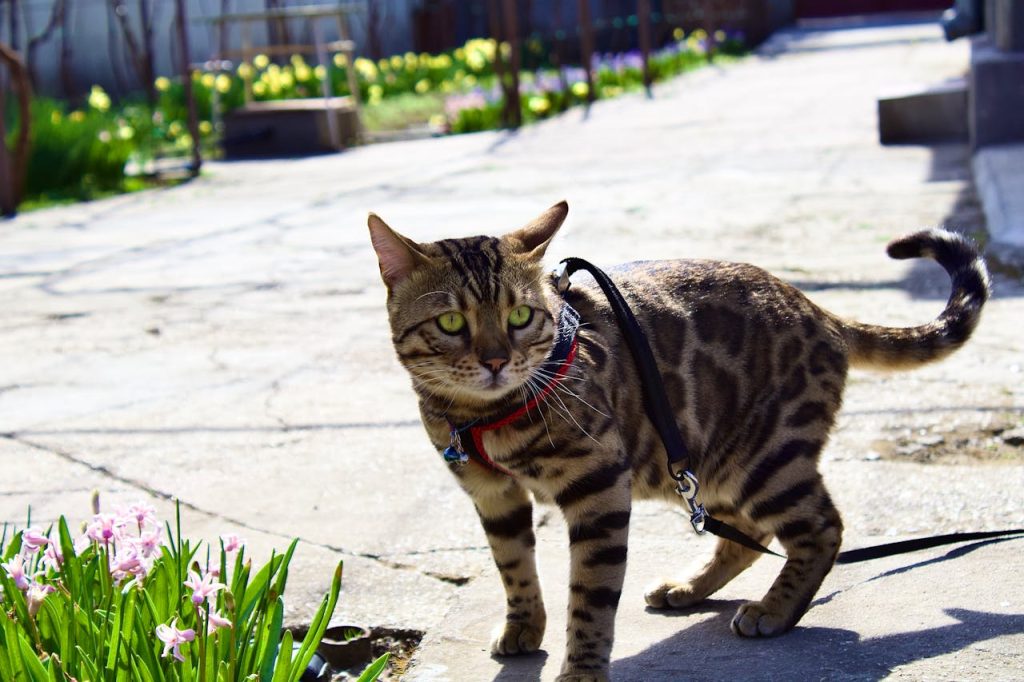
Why Were Bengal Cats Created?
Bengals were initially bred to preserve the beauty of wild cats while making them suitable as house pets.
Their distinctive coat, marked with leopard-like spots and marbling, makes them one of the most visually striking breeds in the world.
Unlike many wild cat hybrids, Bengals have been selectively bred for their affectionate and friendly nature, making them excellent companions for families and individuals who want a unique yet loving pet.
Physical Characteristics
Bengal cats are medium to large, with sleek, muscular bodies that give them an athletic and agile appearance. They typically weigh between 8 and 15 pounds, with males being larger than females.
One of their most distinctive features is their coat, which can come in a variety of colors, including brown, snow, and silver.
The patterns on their fur include rosettes, spots, and marbling, closely resembling wild leopards and ocelots. Bengals also have large, almond-shaped eyes in shades of green or gold, enhancing their exotic look.
Temperament and Personality
Despite their wild ancestry, Bengals are affectionate, intelligent, and highly social cats. They form strong bonds with their owners and enjoy interactive play. Bengals are known for their high energy levels, curiosity, and love for climbing and exploring.
These cats do well in active households where they can receive plenty of mental and physical stimulation. They are known to enjoy water, often playing with faucets or even joining their owners in the shower.
Bengals also communicate through a variety of vocalizations, from chirps and trills to deep, expressive meows.
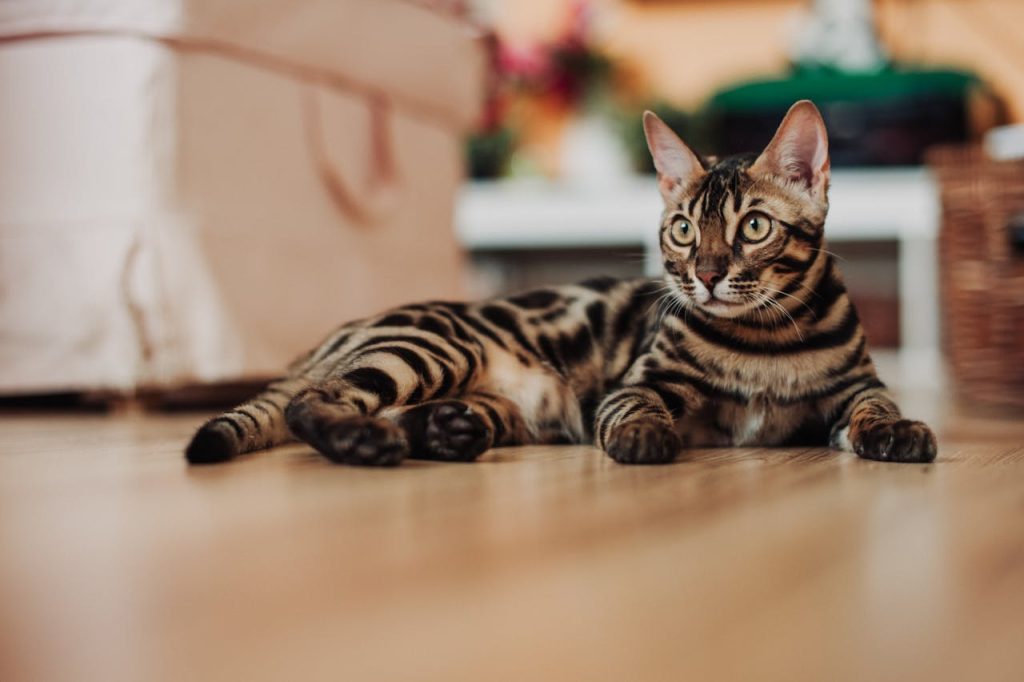
Choosing the Right Bengal Kitten
When selecting a Bengal kitten, consider factors such as health, temperament, and breeder reputation. Look for bright, clear eyes, a shiny coat, and an active, playful nature.
Ethical breeders prioritize socialization, ensuring kittens are well-adjusted and comfortable with human interaction.
Check out our guide on Choosing the Perfect Kitten for more tips.
Intelligence and Training
Bengals are one of the most intelligent cat breeds, making them highly trainable. They can learn tricks, respond to commands, and even be leash-trained for outdoor walks. They enjoy puzzle toys and interactive games that challenge their minds.
Clicker training works well with Bengals, as they respond positively to rewards and reinforcement. Teaching them commands like “sit” or “fetch” can be a fun and rewarding experience.
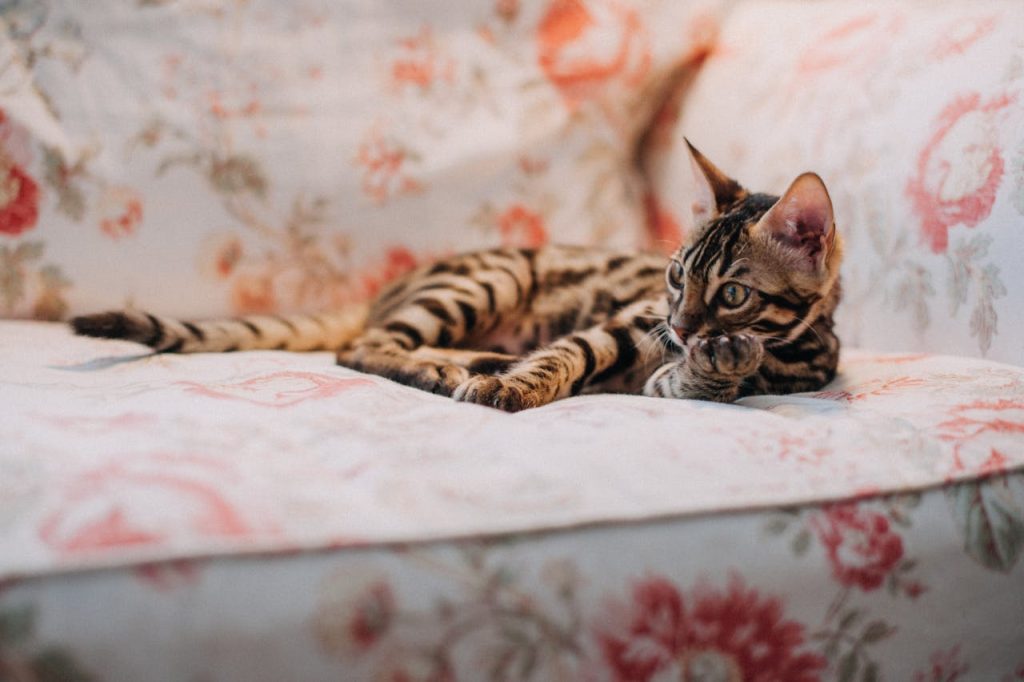
Exercise and Energy Levels
Bengals are highly active and require plenty of exercise. Unlike many other cat breeds, Bengals thrive on stimulation and will become bored if left without activities.
Providing cat trees, climbing structures, and interactive toys is essential for keeping them engaged.
Play sessions involving feather wands, laser pointers, or treat-dispensing toys will help burn off their excess energy and prevent destructive behaviors.
Diet and Nutrition
A high-protein diet is crucial for Bengals due to their lean muscle mass and high activity levels. Quality commercial cat food that includes real meat as the first ingredient is ideal.
Some owners opt for a raw or homemade diet, but consultation with a veterinarian is recommended to ensure proper nutrition.
Hydration is also important, so providing fresh water at all times is necessary. Wet food can be incorporated into their diet to support hydration and overall health.
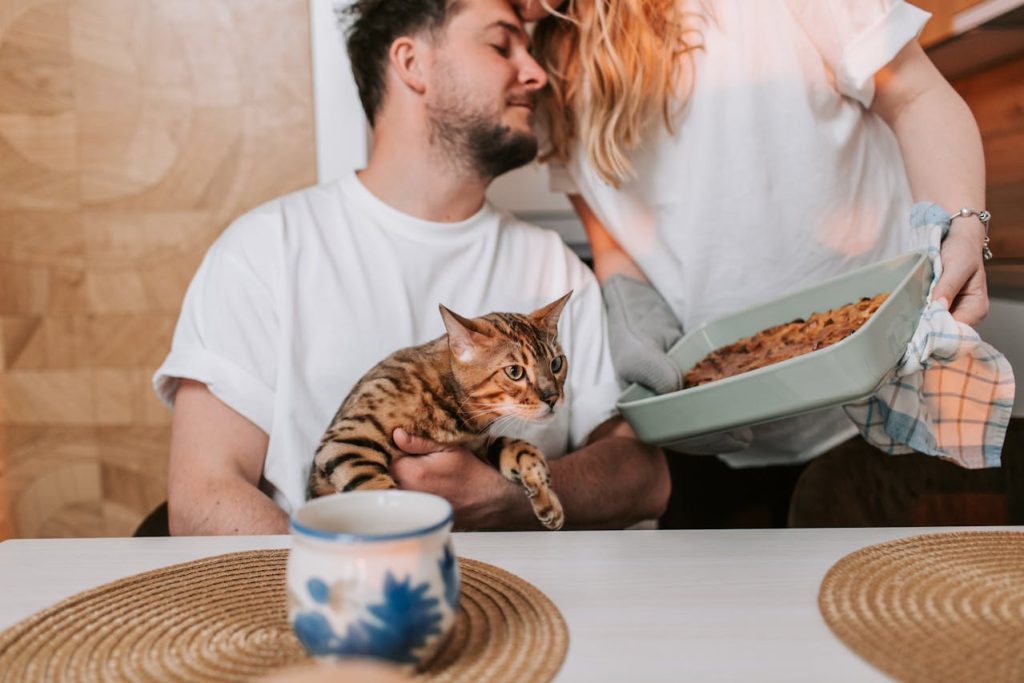
Health and Lifespan
Bengals are generally healthy cats, but they are prone to certain genetic conditions, including hypertrophic cardiomyopathy (HCM) and progressive retinal atrophy (PRA).
Regular veterinary check-ups, vaccinations, and preventive care can help detect and manage health concerns early.
With proper care, Bengals typically live between 12 and 16 years.
Grooming and Coat Care
Bengals have short, sleek coats that require minimal grooming. A weekly brushing session will help remove loose hairs and keep their coat shiny.
They shed less than many other breeds, making them a good choice for those looking for a low-maintenance grooming routine.
Nail trimming, ear cleaning, and dental care should also be part of their regular grooming regimen.
Working Roles and Versatility
While primarily companion animals, Bengals retain strong hunting instincts. In some homes, they serve as natural pest controllers, swiftly catching insects and rodents. Their intelligence and trainability have also made them successful therapy animals and show cats.
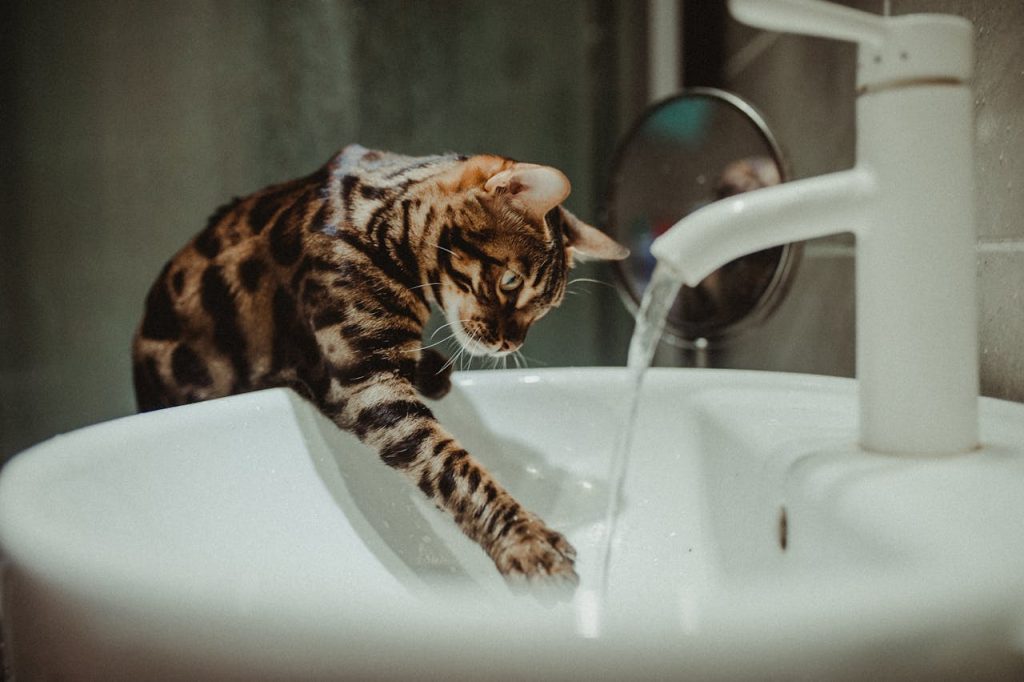
Fun Facts About Bengal Cats
- Bengal cats are one of the few breeds that love water and often play in sinks and bathtubs.
- They have a unique “glitter” effect on their fur, giving them a shimmering appearance under light.
- Bengals can jump up to three times their height due to their powerful hind legs.
- They are among the most vocal cat breeds, using a wide range of sounds to communicate with their owners.
Challenges of Owning a Bengal Cat
Owning a Bengal cat requires commitment due to their high energy levels and need for stimulation. If not properly entertained, Bengals can develop destructive behaviors like scratching furniture or knocking over objects.
To prevent behavioral issues, ensure they have ample playtime, vertical climbing spaces, and engaging toys. A bored Bengal is a mischievous Bengal!
Tips for Bengal Owners
- Provide plenty of climbing structures and interactive toys.
- Engage in daily play sessions to satisfy their energy levels.
- Train them using positive reinforcement techniques.
- Ensure a high-protein diet to support their active lifestyle.
- Regular vet check-ups to monitor for breed-specific health conditions.
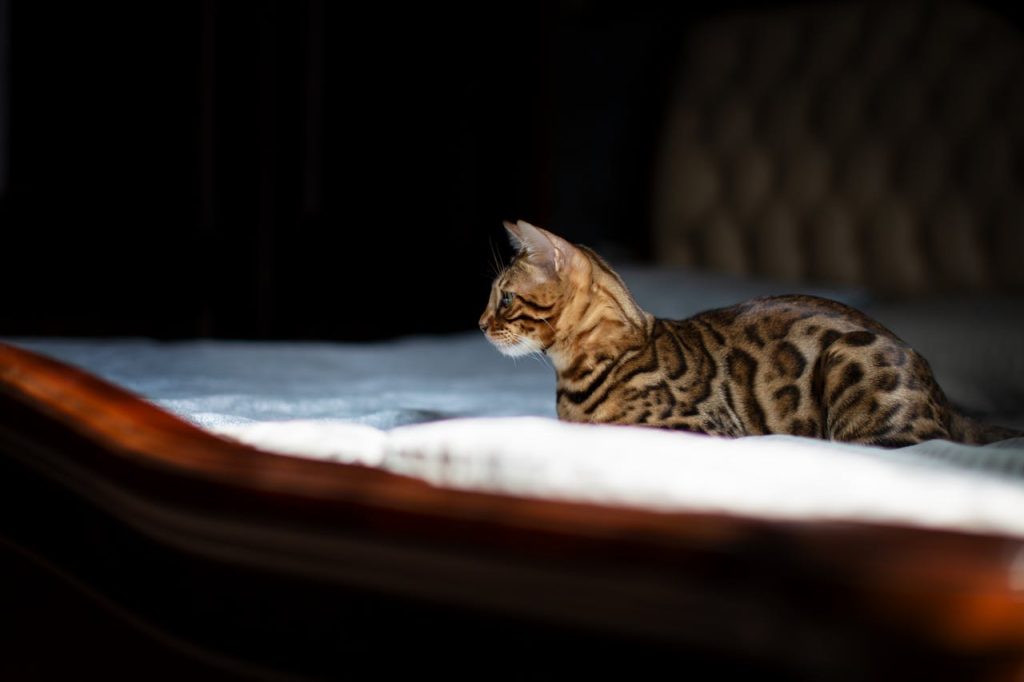
Bengal Kittens
Bengal kittens are playful, curious, and full of energy. Socialization at a young age is crucial for helping them adapt to household environments. Introduce them to new experiences, people, and other pets gradually to build their confidence.
Breeding and Reproduction
Bengal breeding requires careful selection to maintain the breed’s health and temperament. Ethical breeders conduct genetic testing to ensure kittens are free from hereditary conditions.
Spaying and neutering are recommended for pet Bengals to prevent unwanted litters.
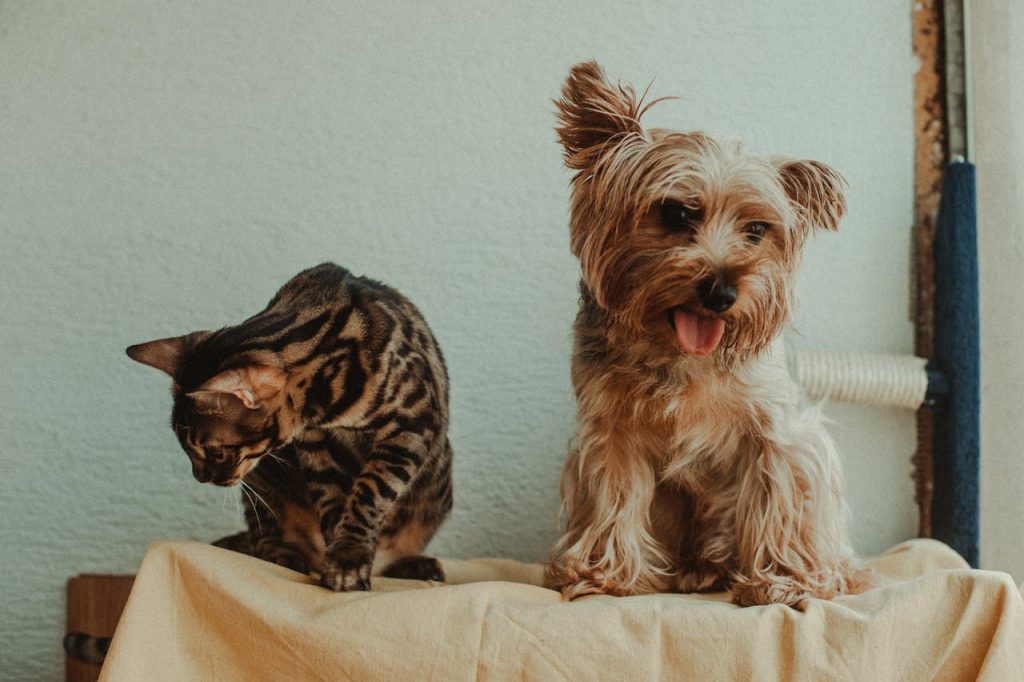
Final Thoughts on Bengal Cats
The Bengal cat is a captivating blend of wild beauty and affectionate companionship. Their intelligence, energy, and striking appearance make them a popular choice among cat enthusiasts.
While they require dedicated care and engagement, Bengals reward their owners with unwavering loyalty and entertainment.
If you’re looking for a playful, intelligent, and visually stunning feline friend, the Bengal cat is an excellent choice!
For more cat breed insights, check out our articles on Domestic Shorthair, Persian Cats, Maine Coon, and Ragdoll Cats
FAQs
Is a Bengal cat a good pet?
Yes, they are active, intelligent, and affectionate but need plenty of exercise and stimulation.
Are Bengal cats very expensive?
Yes, they can be expensive due to their exotic appearance and selective breeding.
Why are Bengal cats so special?
They have a wild look, unique spotted coat, high energy, and dog-like personality.
Is a Bengal cat a tiger?
No, but they have a wild ancestry and resemble miniature leopards.


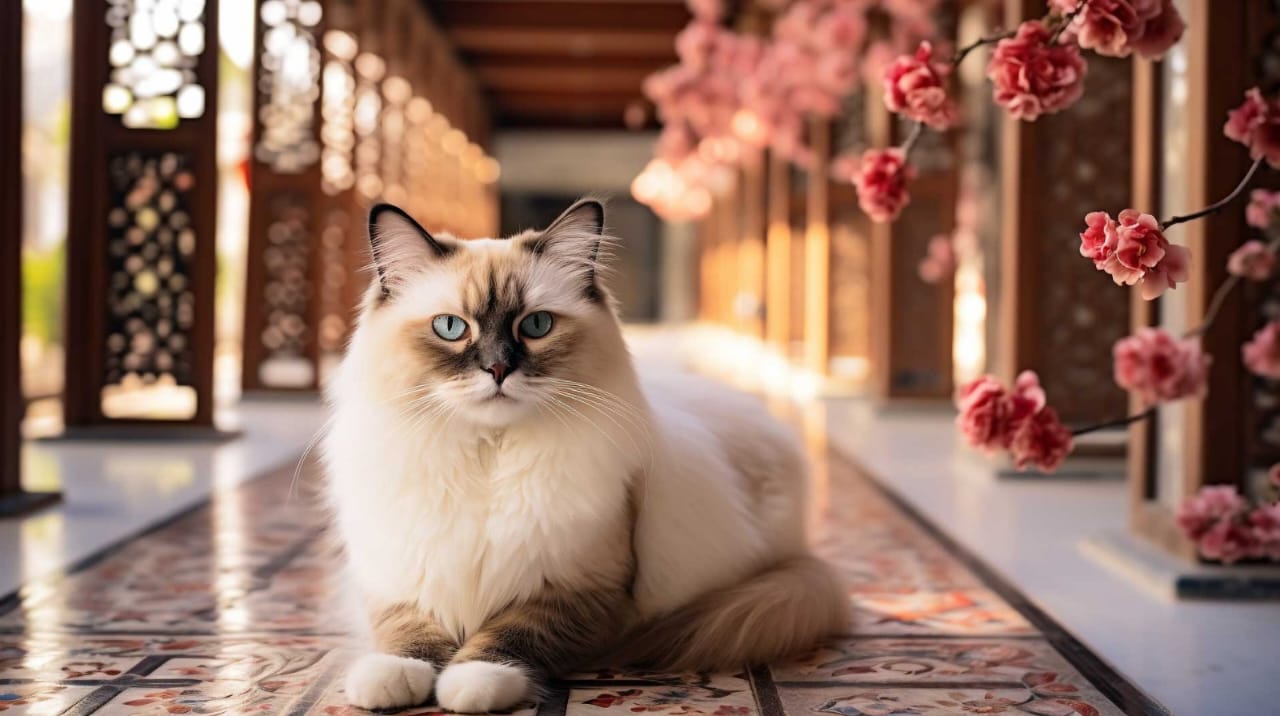
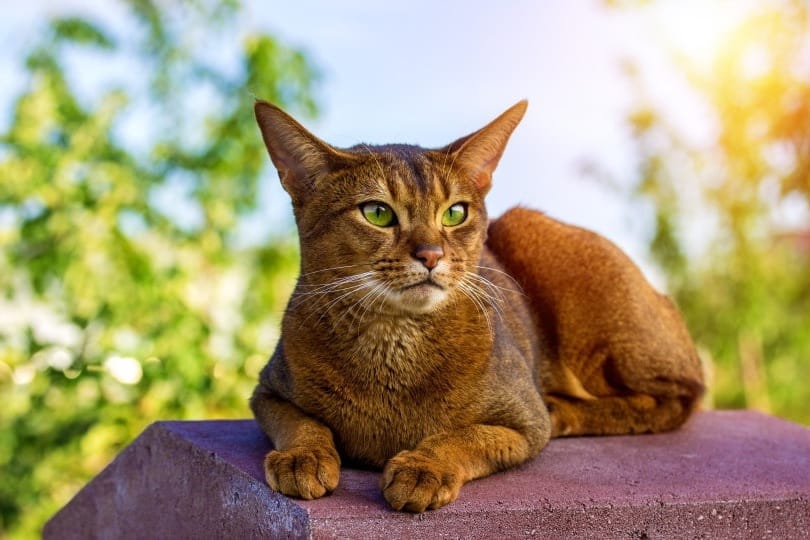
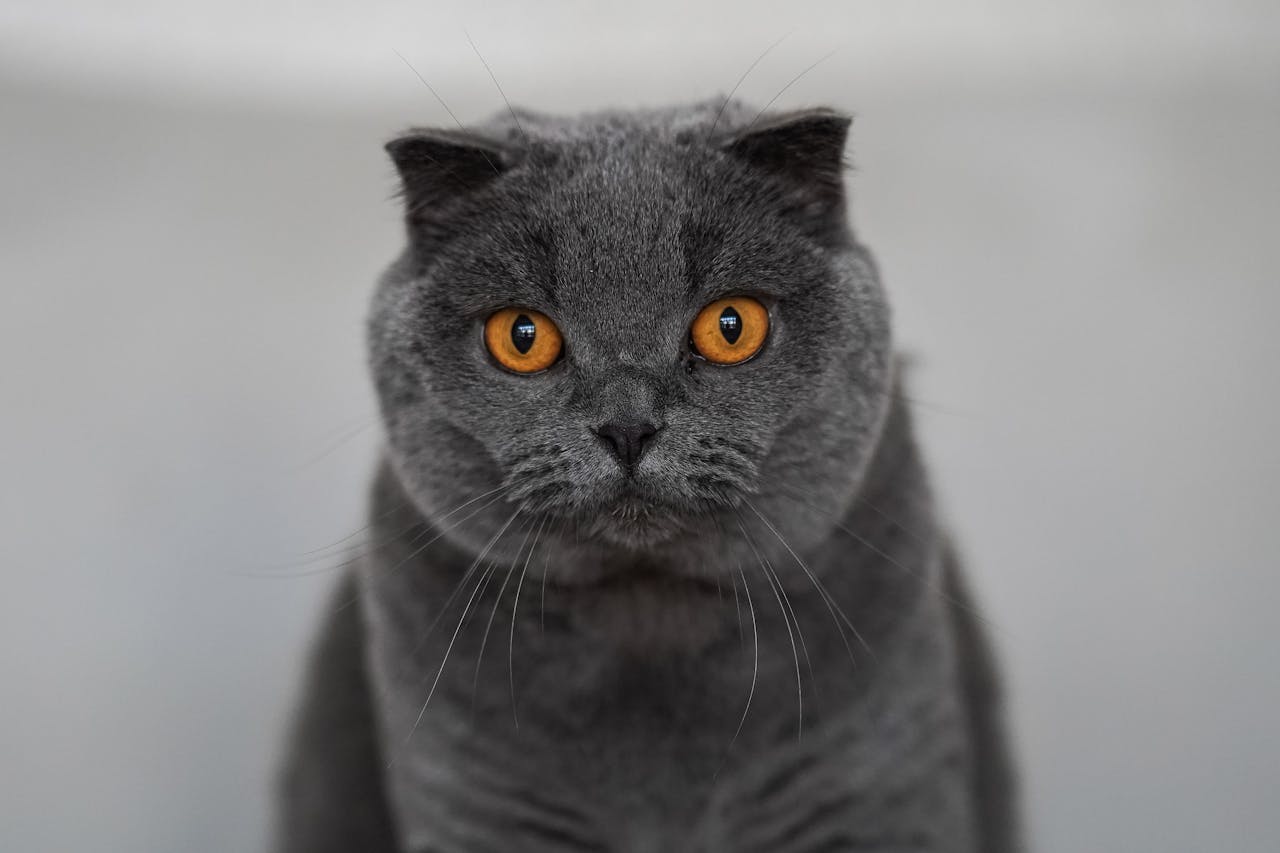
1 Comment
Pingback: Sphynx Cats Personality: Why These Hairless Cats Are So Affectionate - Pet Bonded